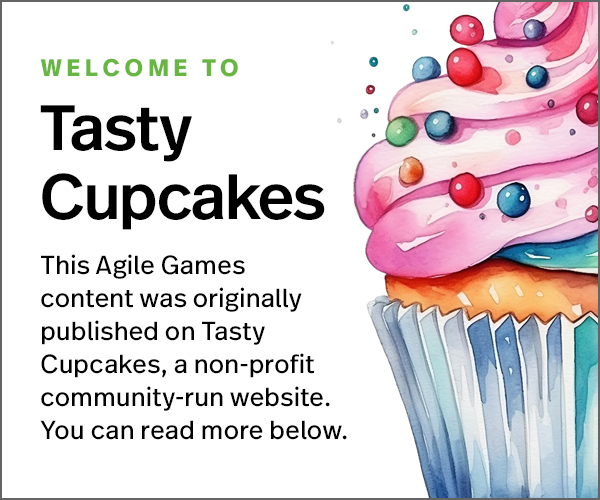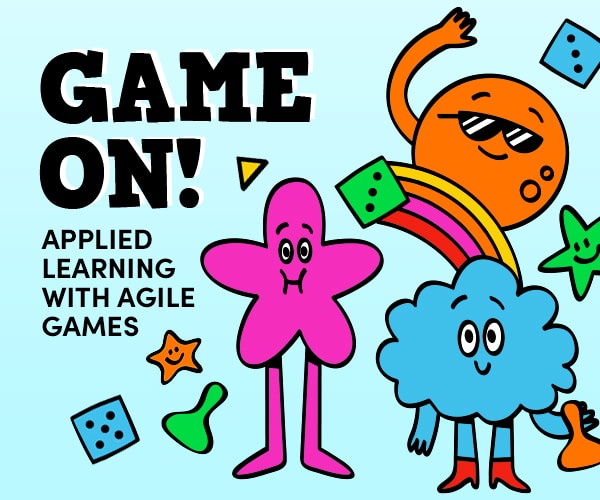Timing: 10 minutes. This is the expected time to run the game, including prep and debriefing
Materials
Each person on the team or at the table needs the following materials:
- A pen, pencil, or fine Sharpie to draw
- A page of The Spark Engine book (pages are designed with a tear-off dotted line for easy distribution)
Instructions
The mechanics of the game are pretty simple yet effective, from 1 to 1,000 people with little variation.
Prep: distribute one page of the book per participant and make sure everyone has something to draw with – a pen, a pencil, or a fine Sharpie
Run the game: The goal of the game is to complete the drawing on the page. Each page contains a different unfinished drawing so every participant will likely work on a different drawing. They should complete the drawing getting inspiration from a personal experience or story, something they would like to share with others at the end of the game. The more personal the better as this allows us to get to know each other more.
If they cannot think of anything personal or run out of ideas, each page has a “creative prompt” at the bottom that can provide that little spark to find an idea to draw.
Everyone starts at the same time. The facilitator should give the participants between 4 to 5 minutes to complete their drawing. When the time is up, everyone stops drawing and prepares for the next step.
Review and share: This is where the drawings come to life. One by one, each participant shares his or her drawing, explaining what they did and telling any story behind it. It usually takes no more than 30-60 seconds/person to explain their drawing. This is better if done standing as it maintains the focus on the presenter. If you have large teams (more than 8-10 people) then split in smaller teams and run the game within each team.
Learning Points
This exercise serves two purposes:
- It acts as an icebreaker taking people outside their comfort zone in an easy, safe way. The act of drawing can be a bit unnerving for most, but they don’t need to be artists – in fact, it’s not the quality of the drawing that matters, it’s the act itself.
- It sparks the creative juices of team members, warming up the creative side of their brains and fostering an environment where it is ok to share ideas even if not perfect.
Finally, when the drawings are taped to the wall in the team’s area, they stay behind as quick reminders of everyone’s story. This way people can continue to remember what someone else said, even after the game is completed.
Where to get the book
The book is available for sale or digital download here.






